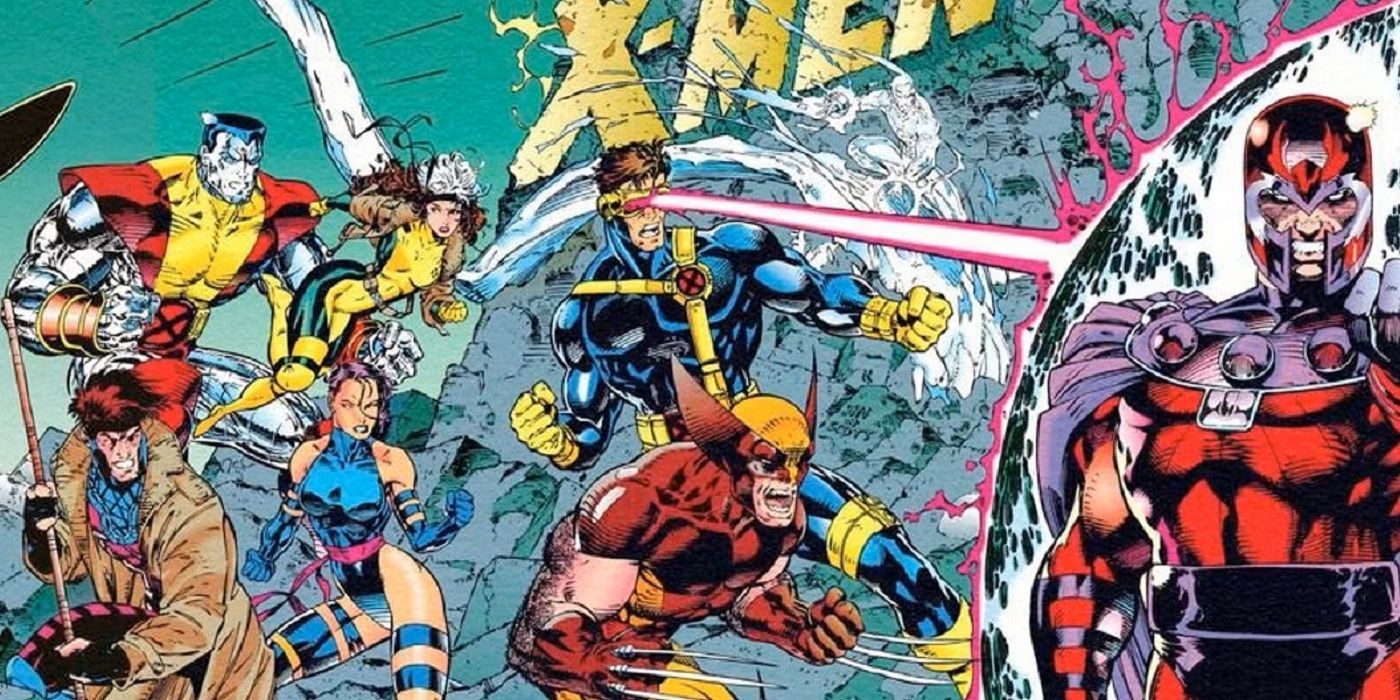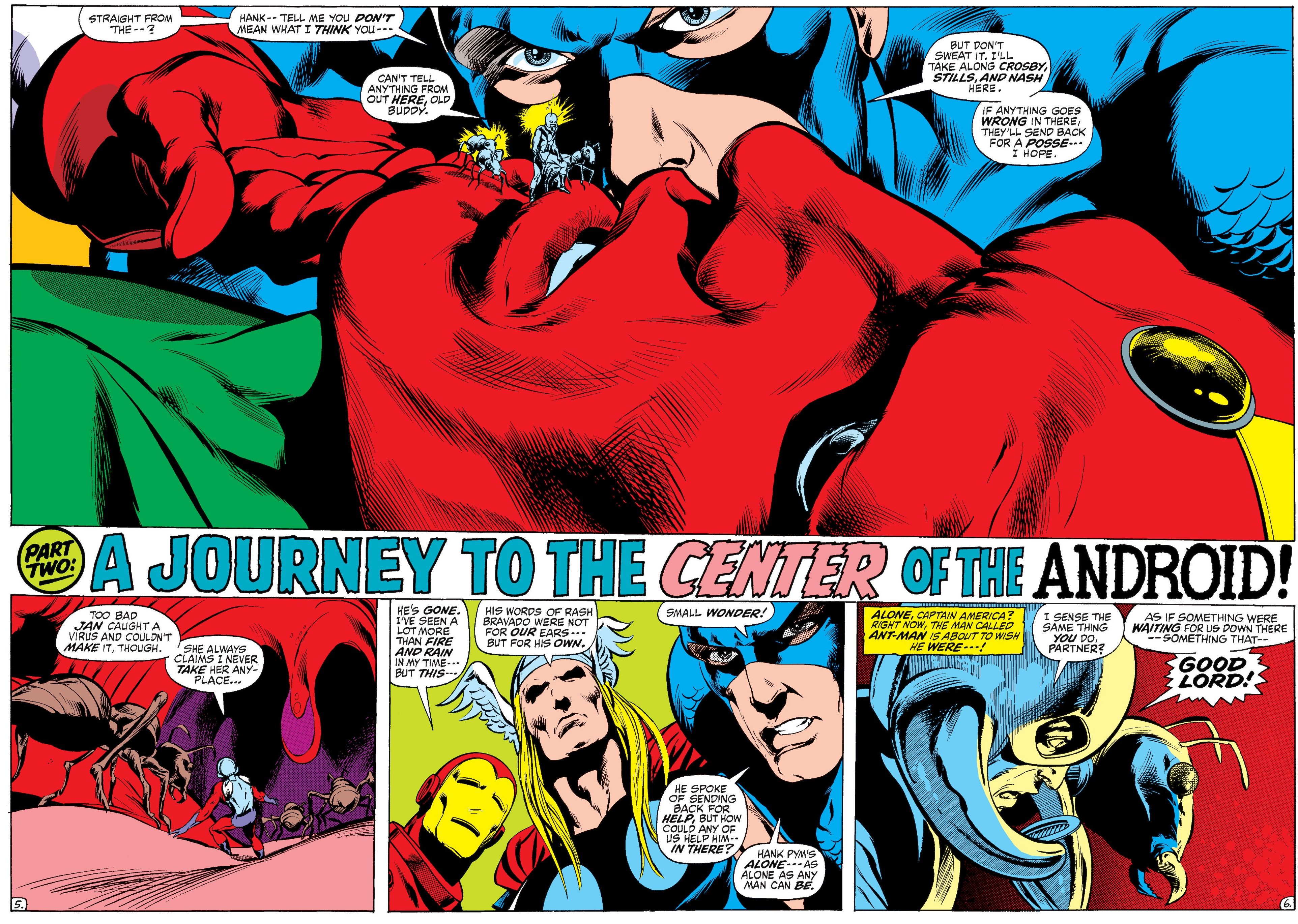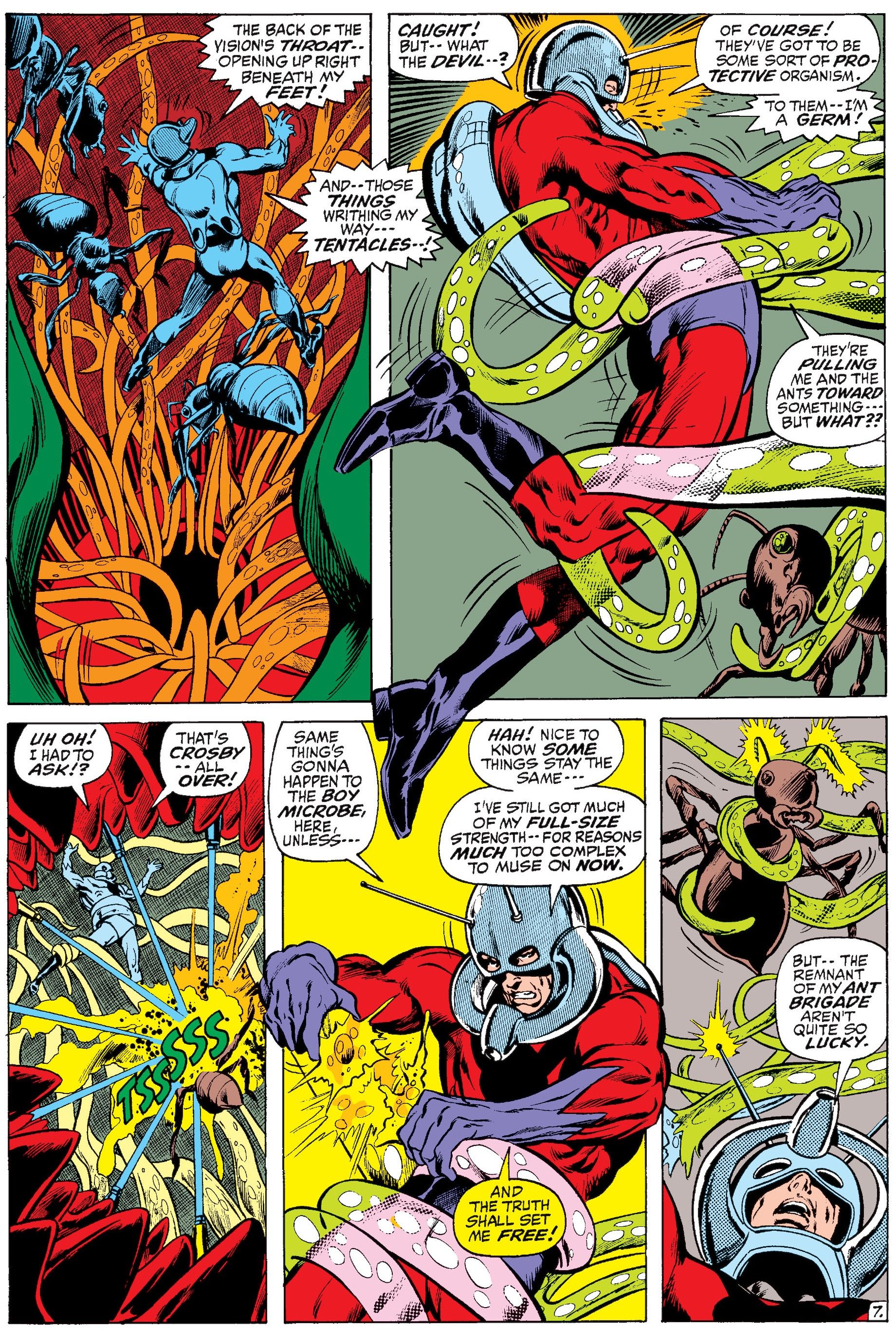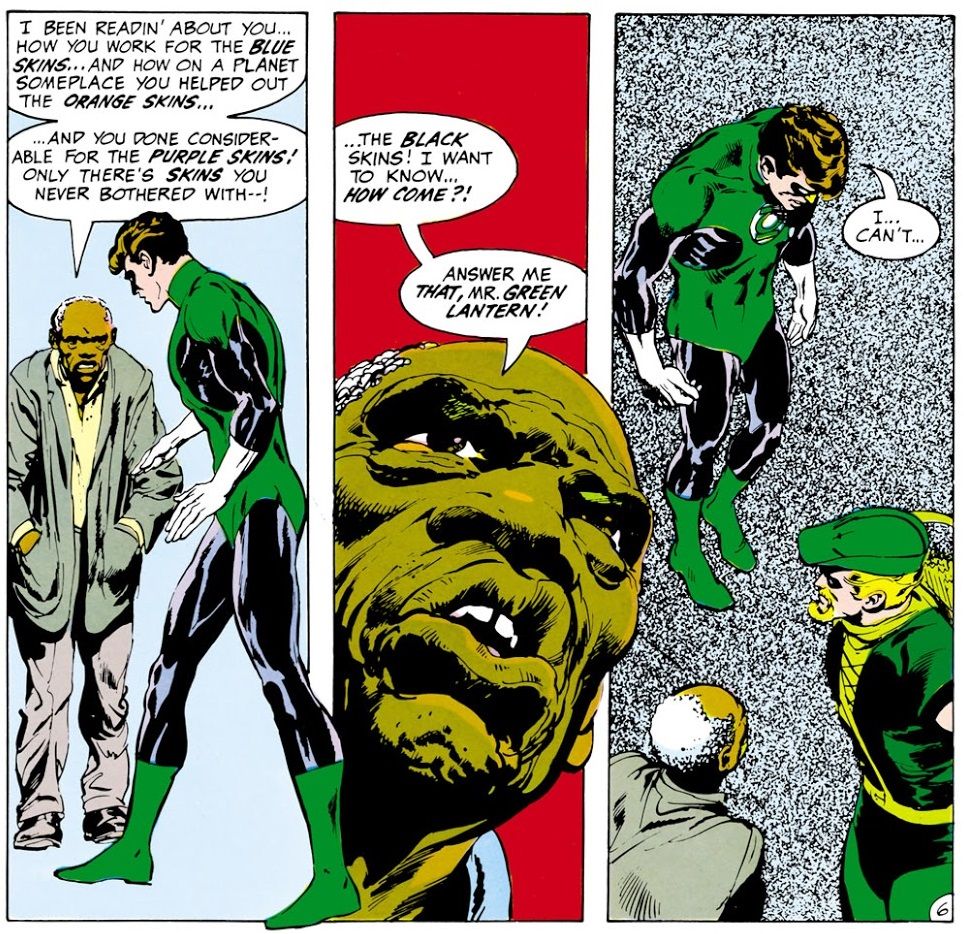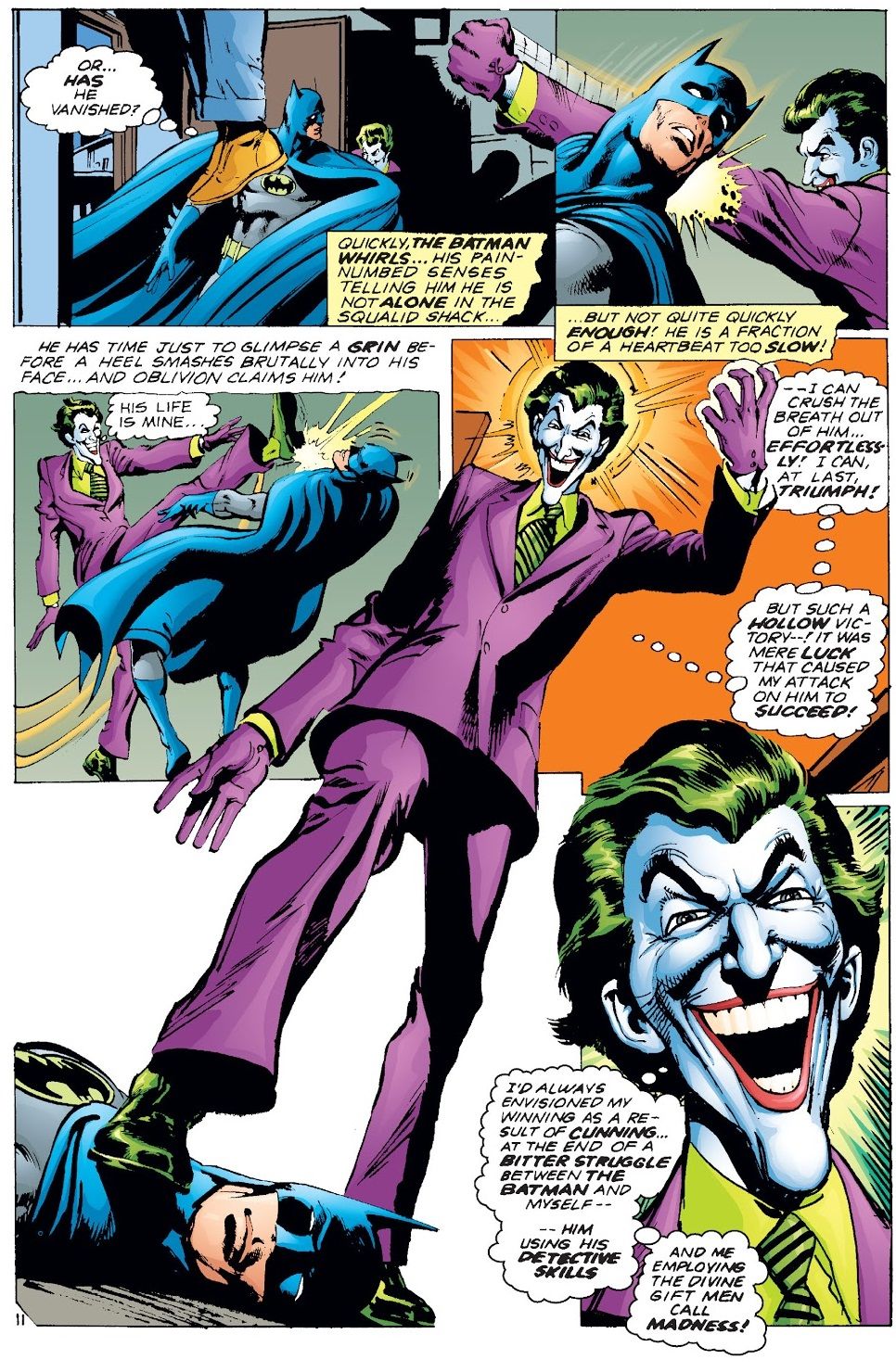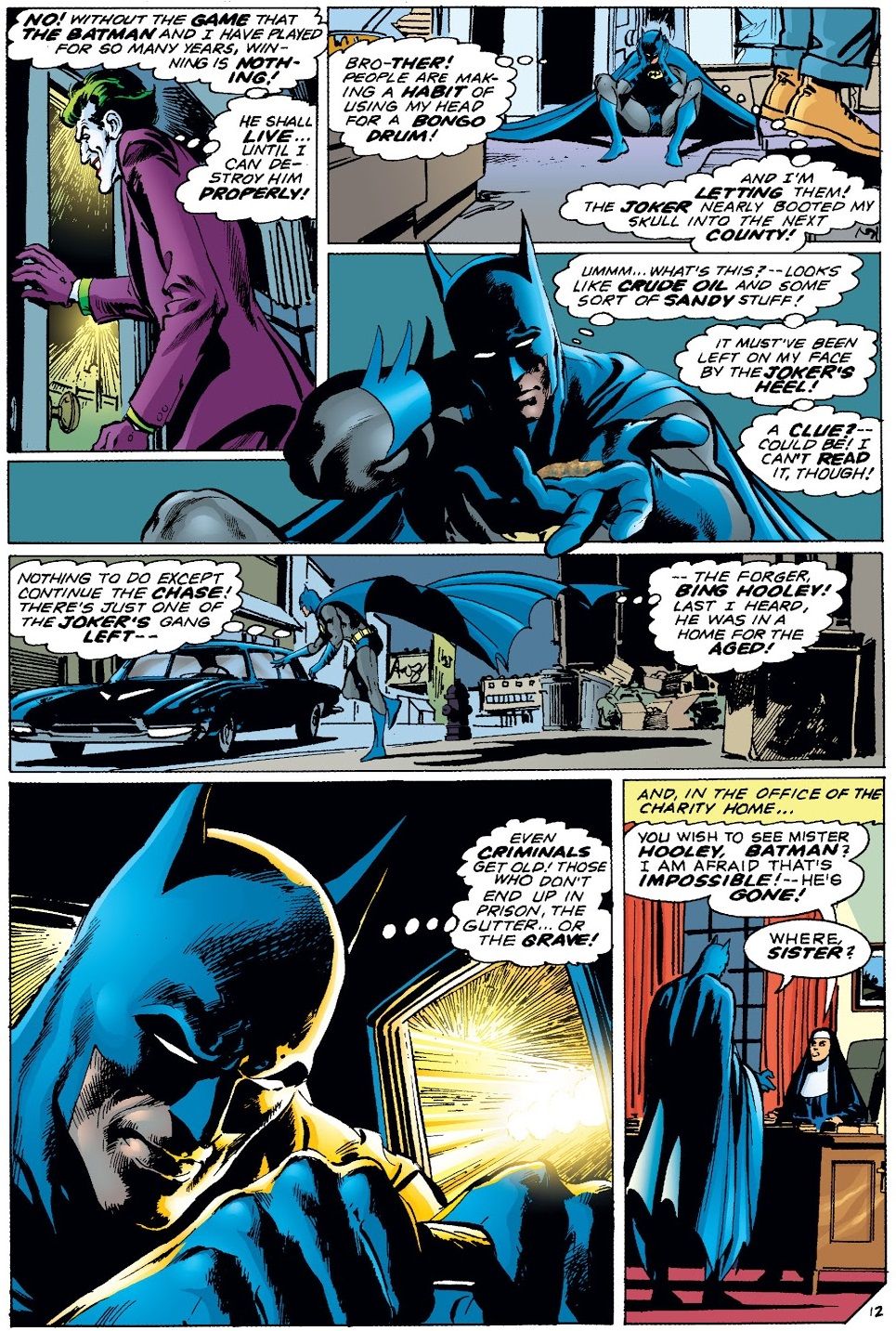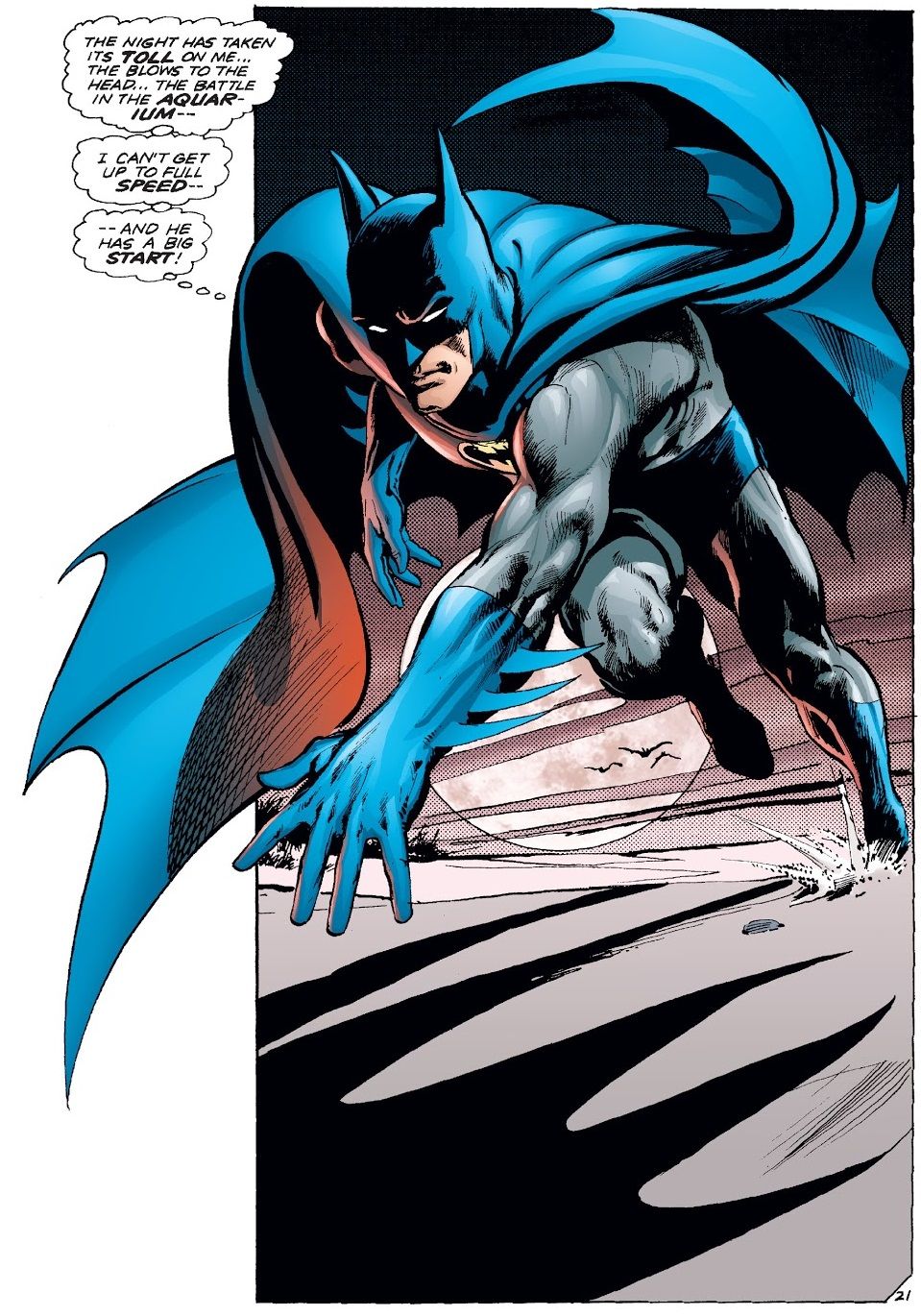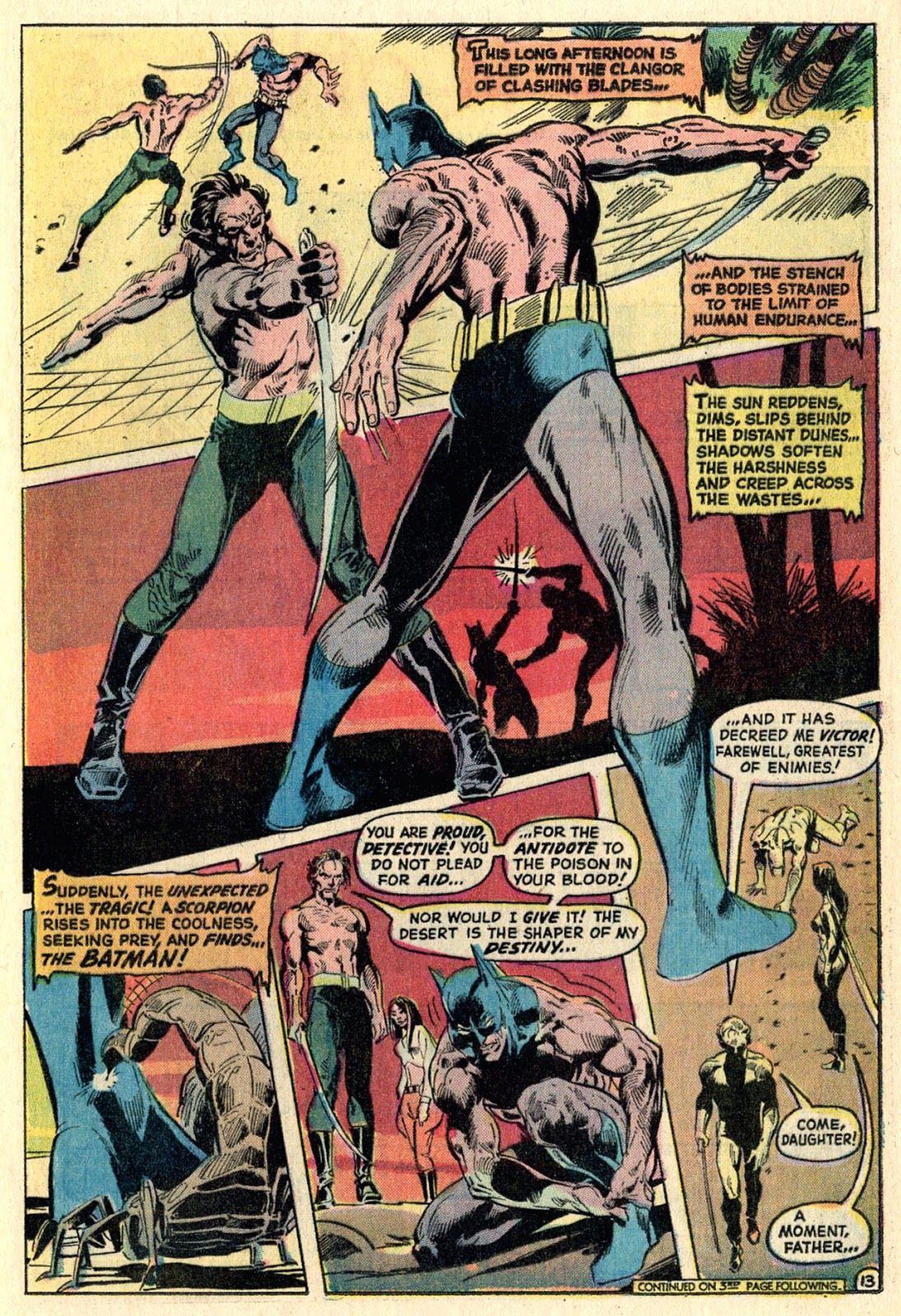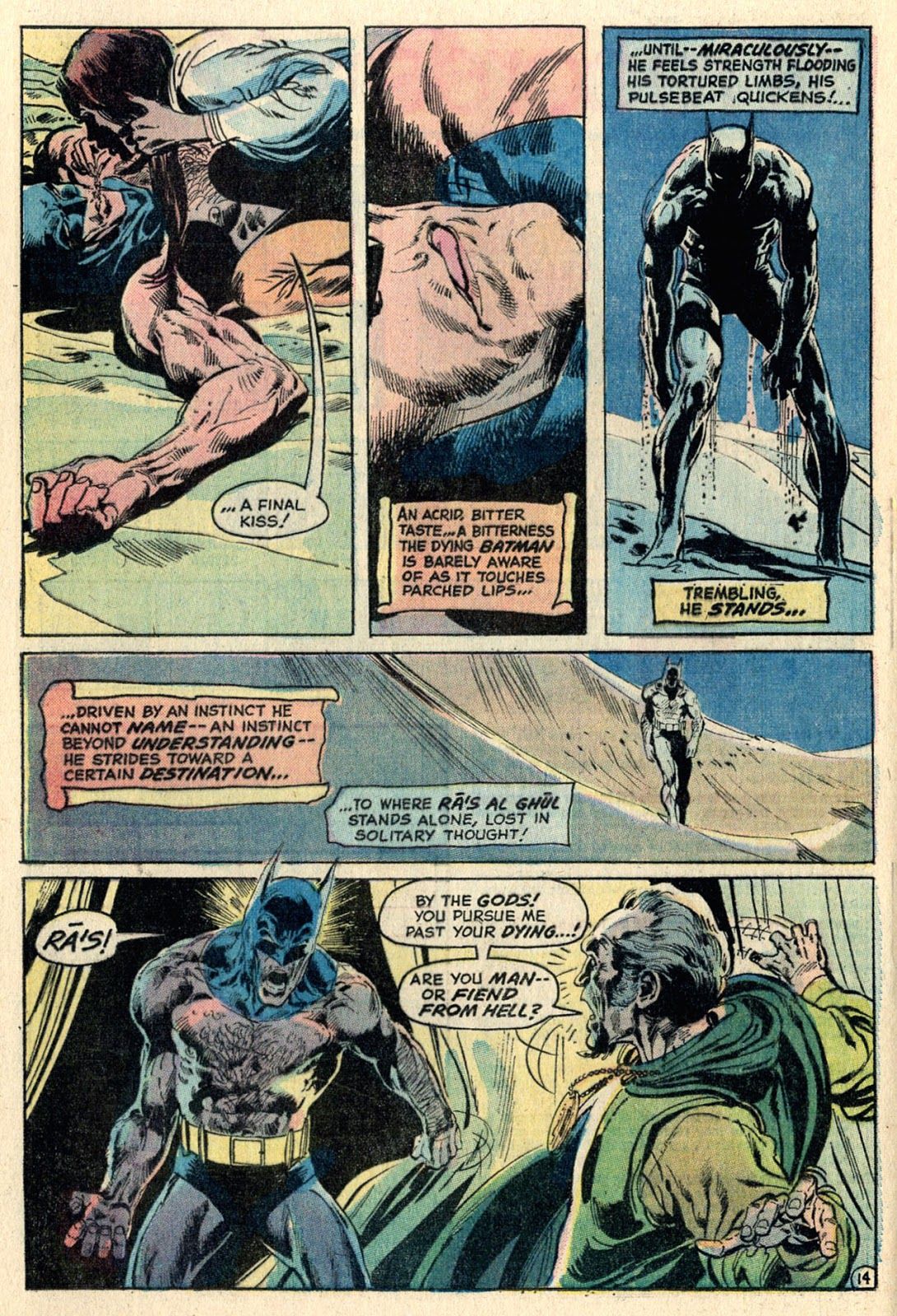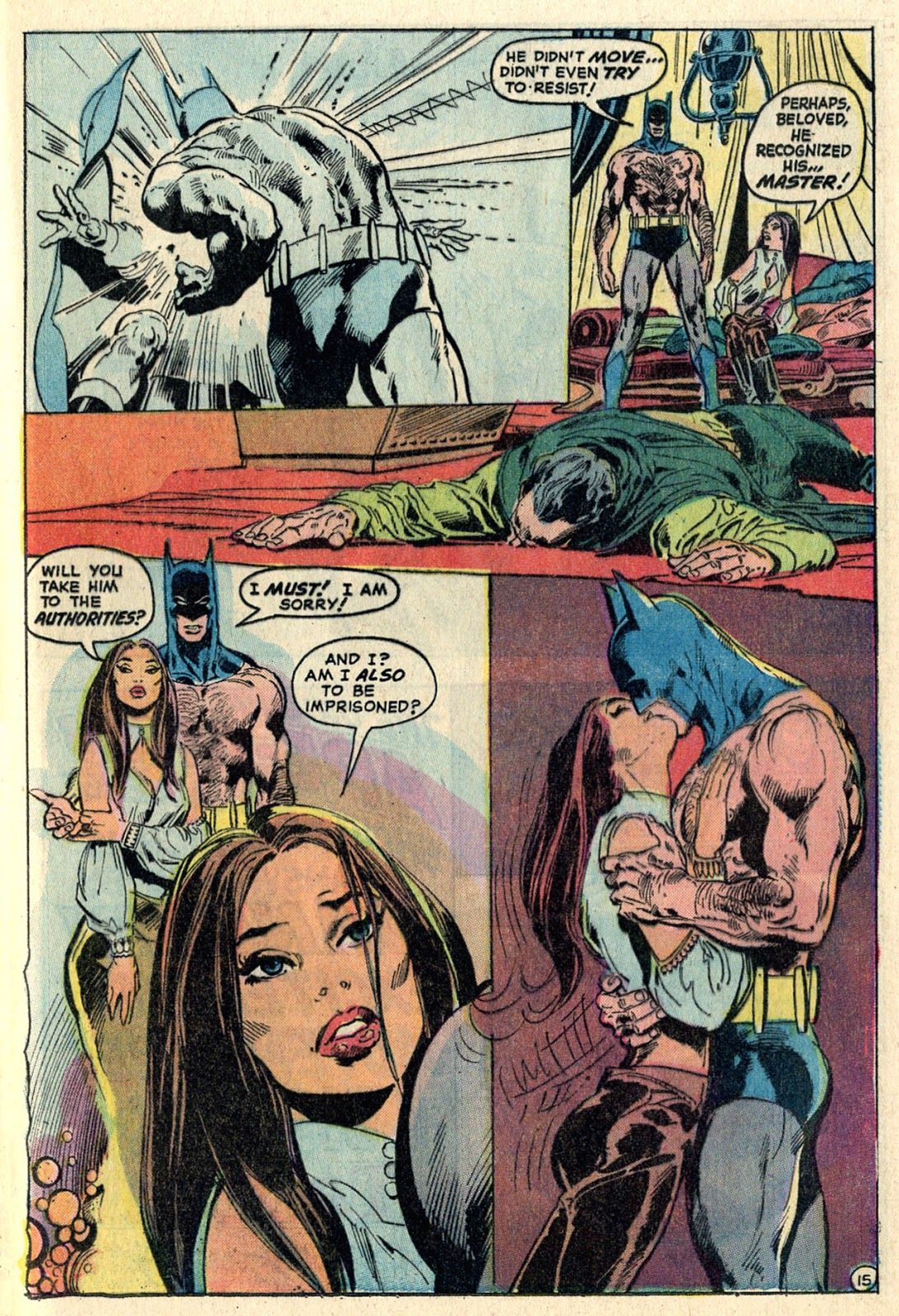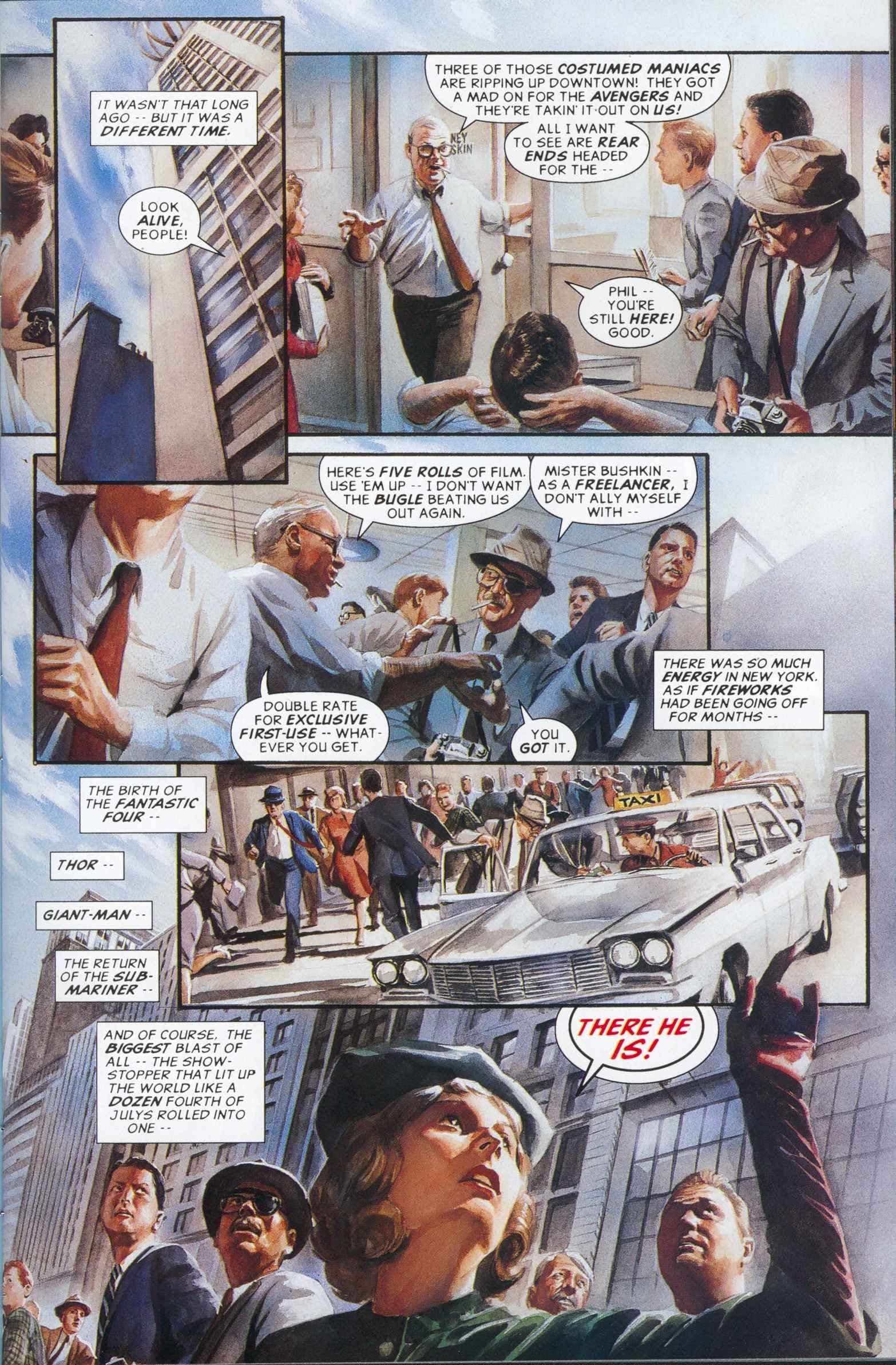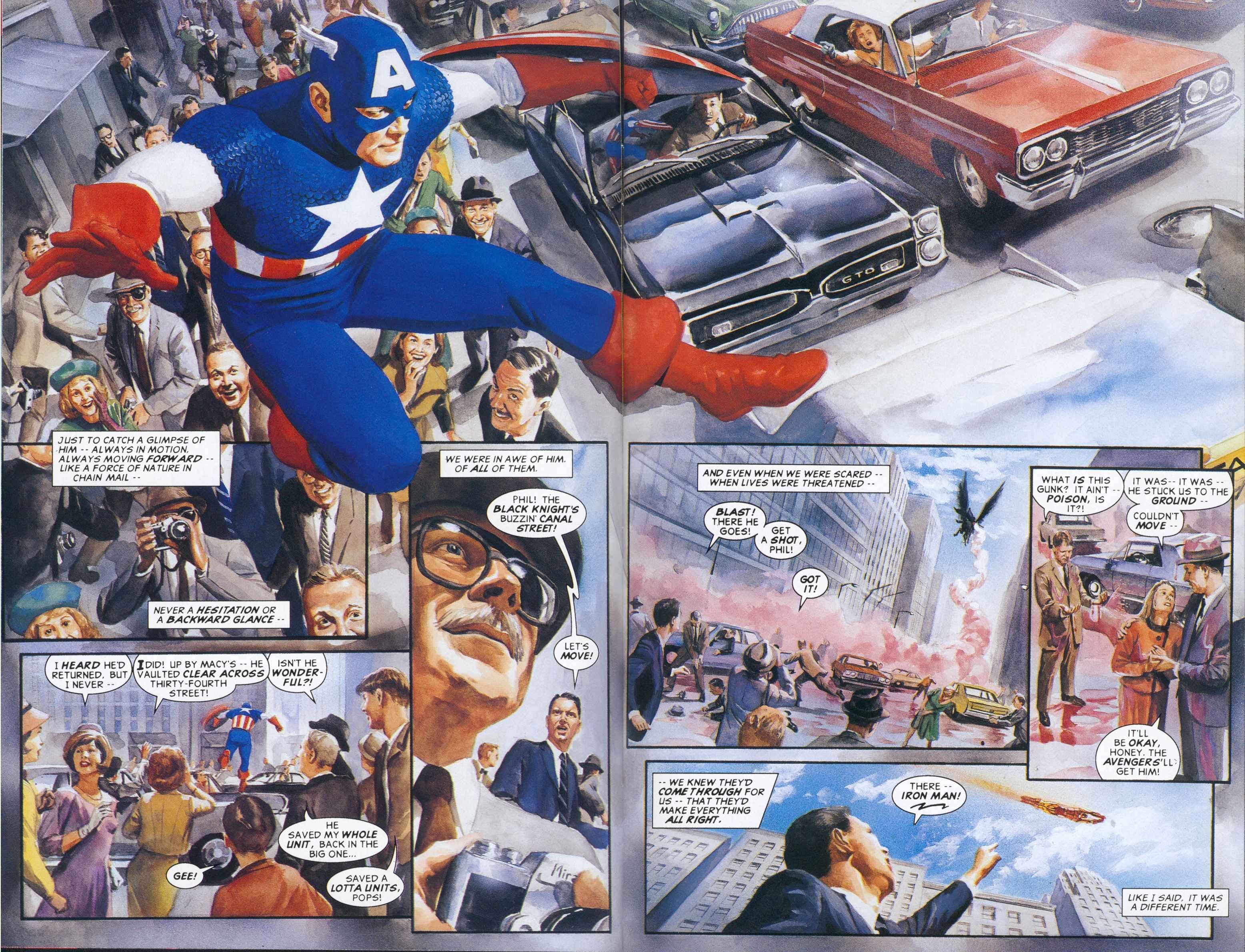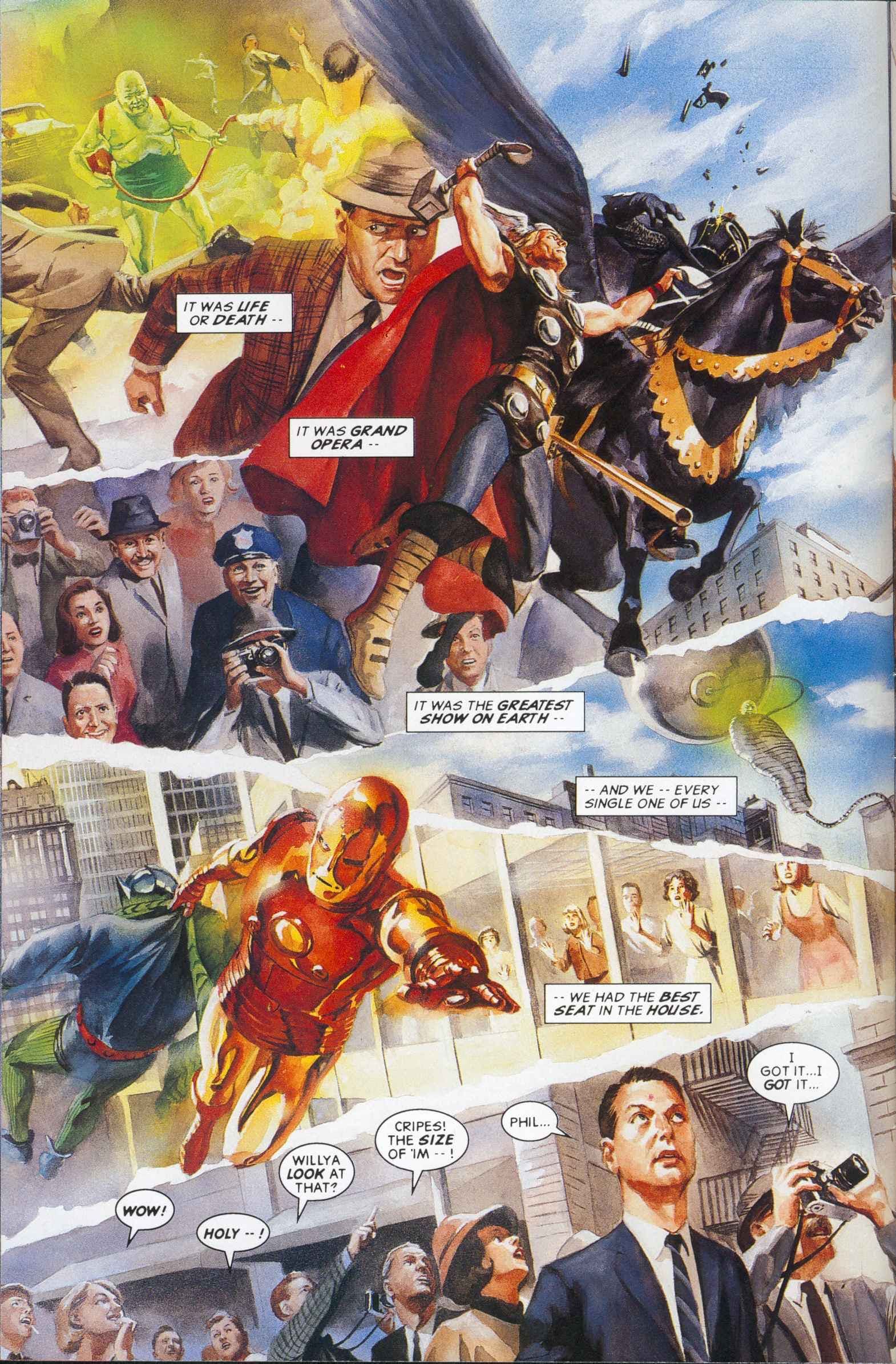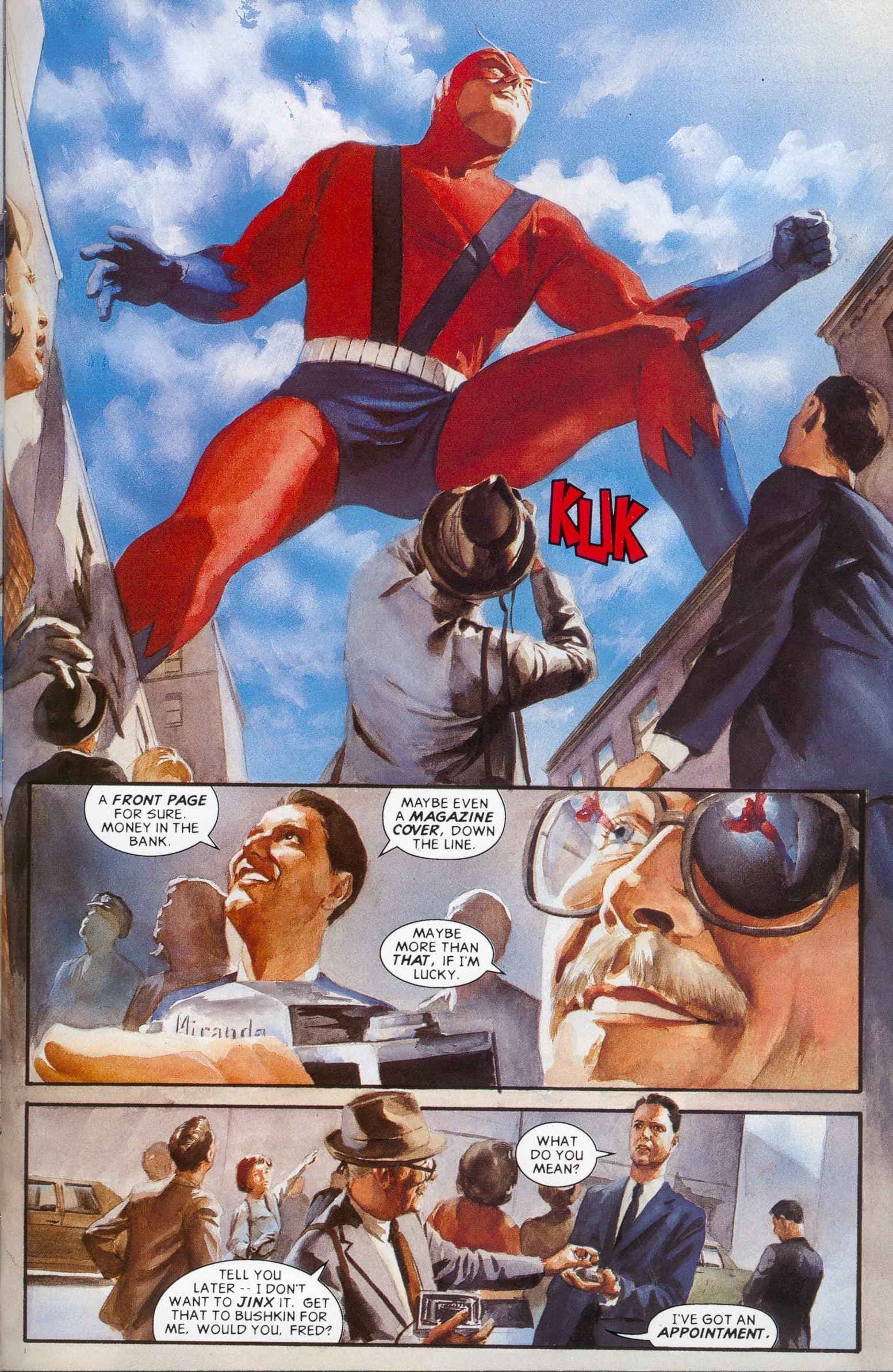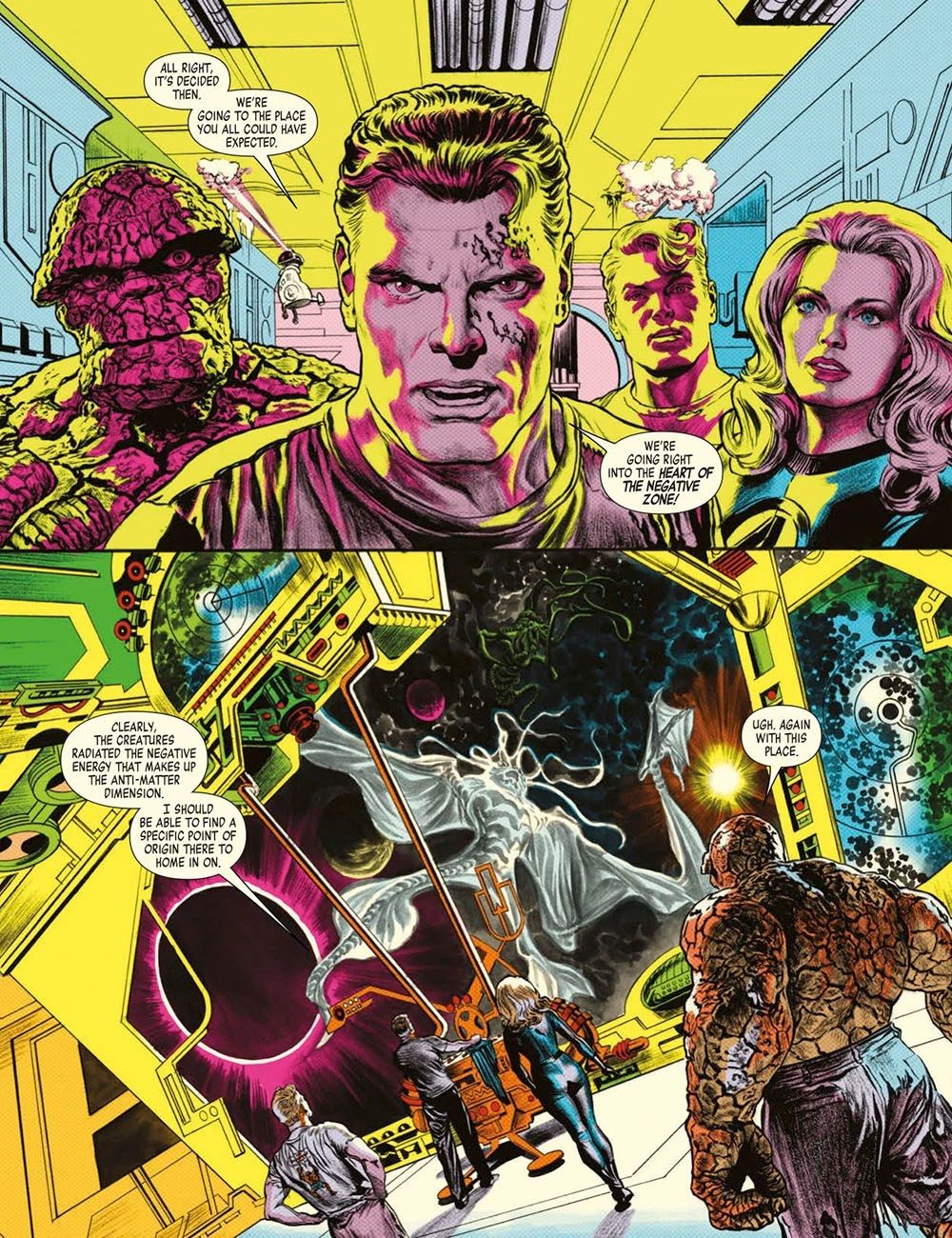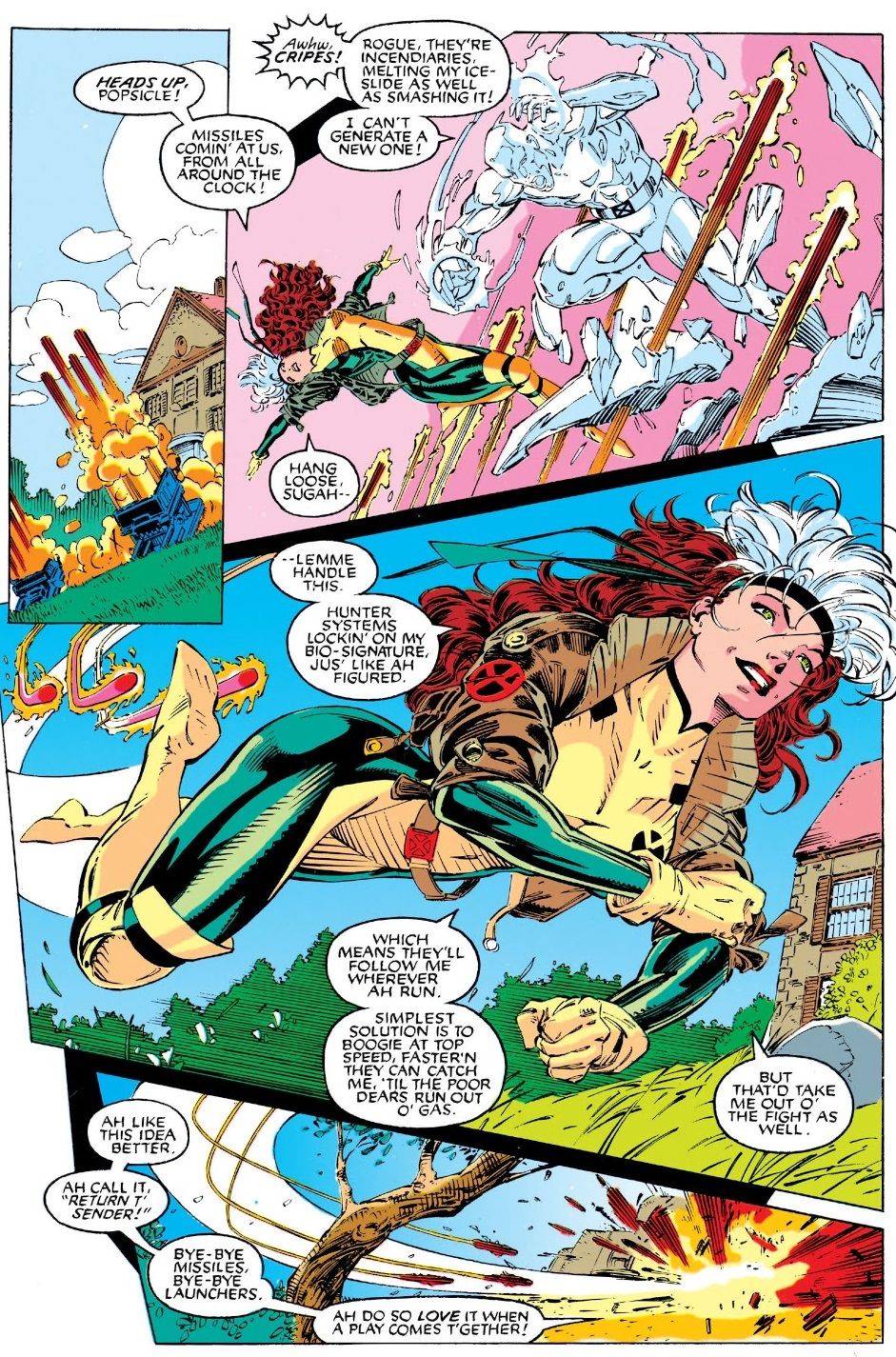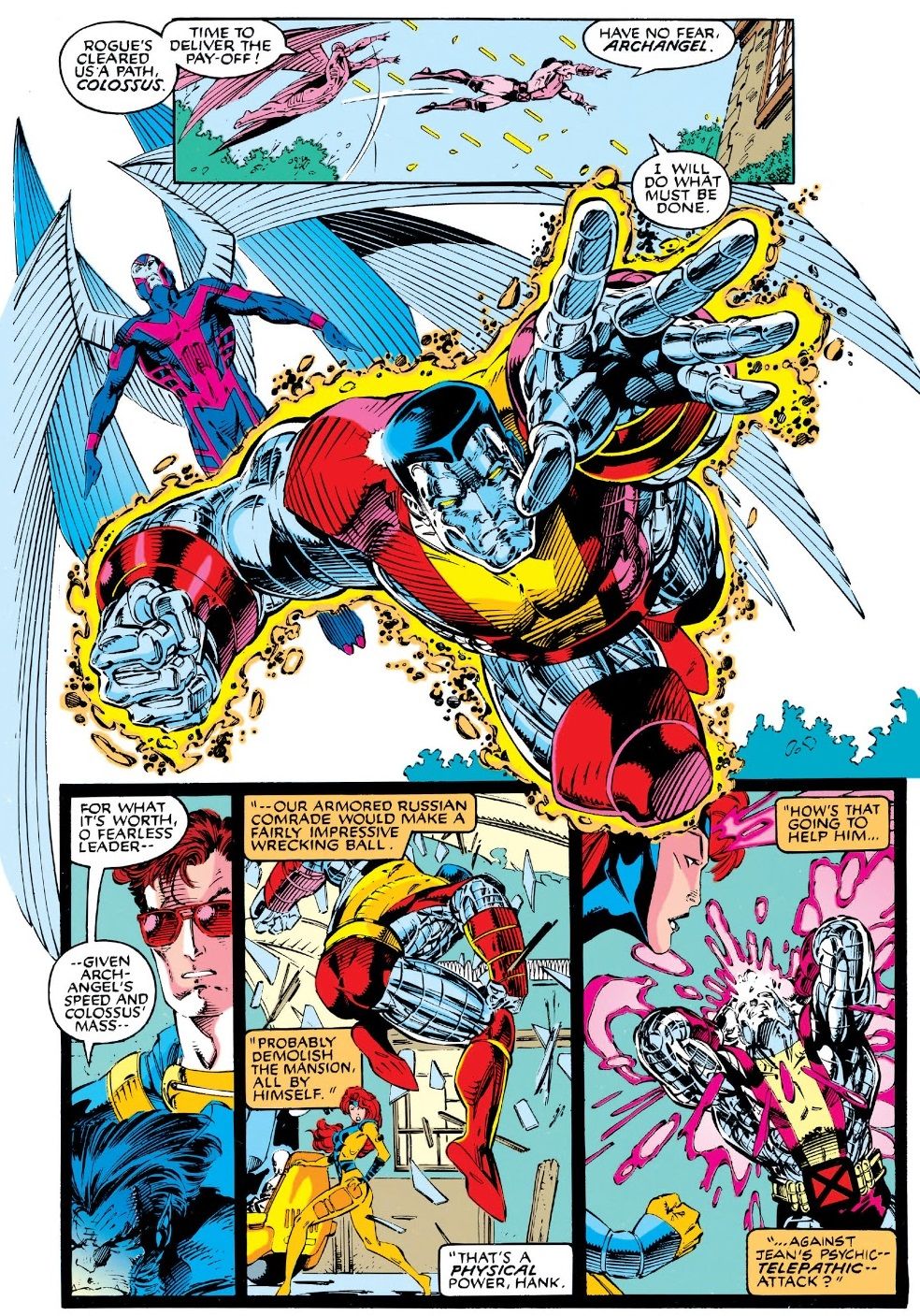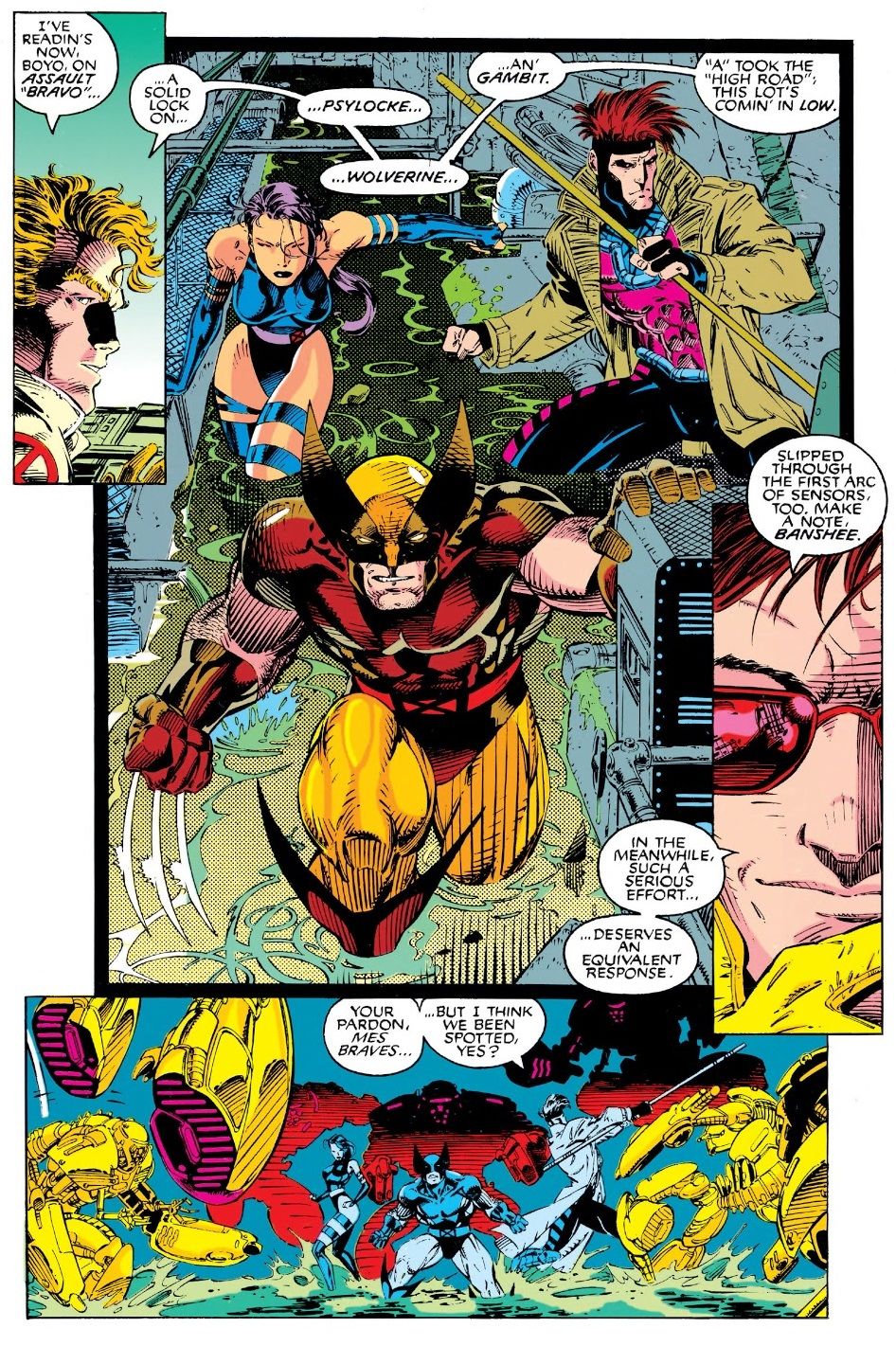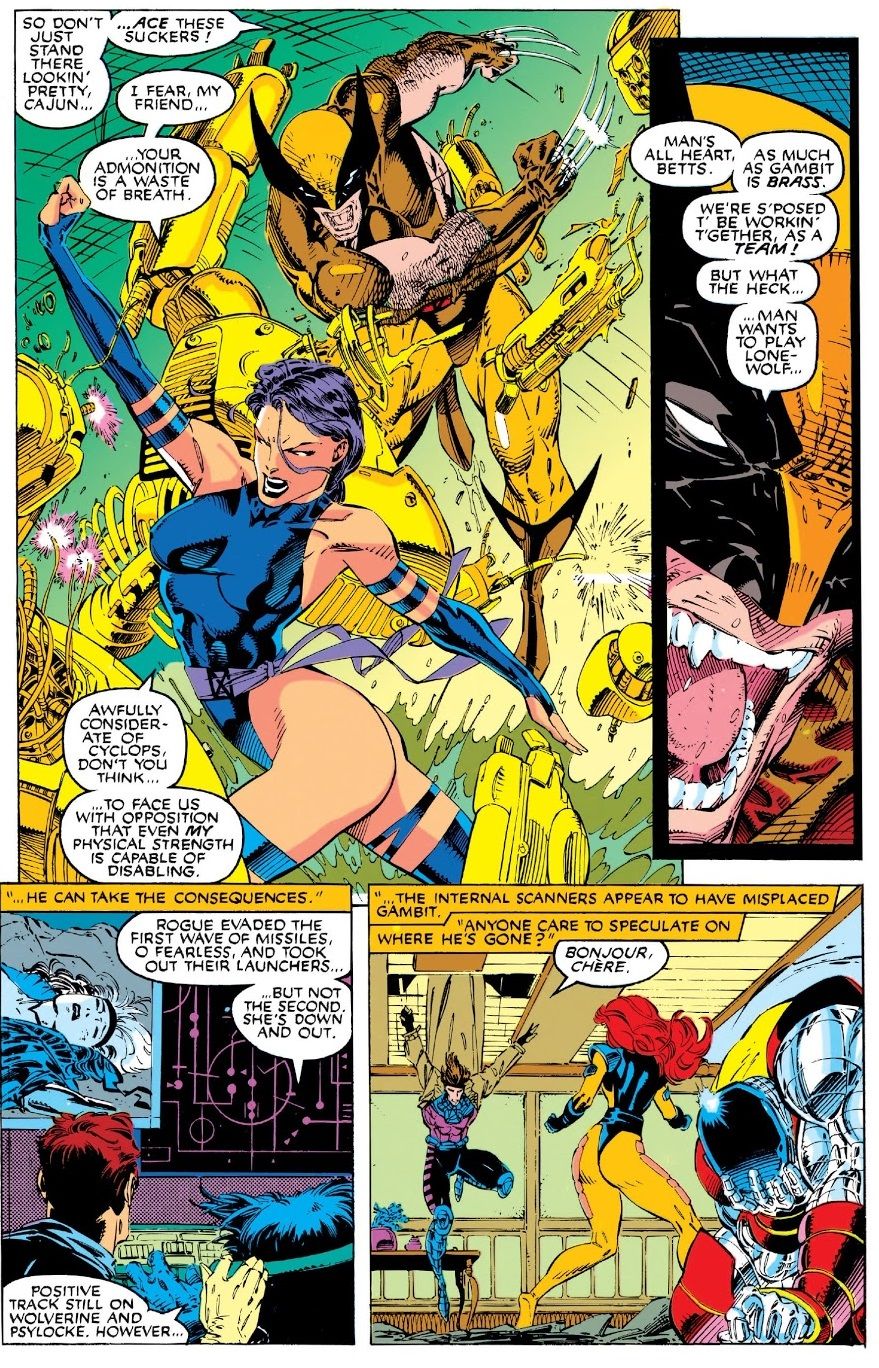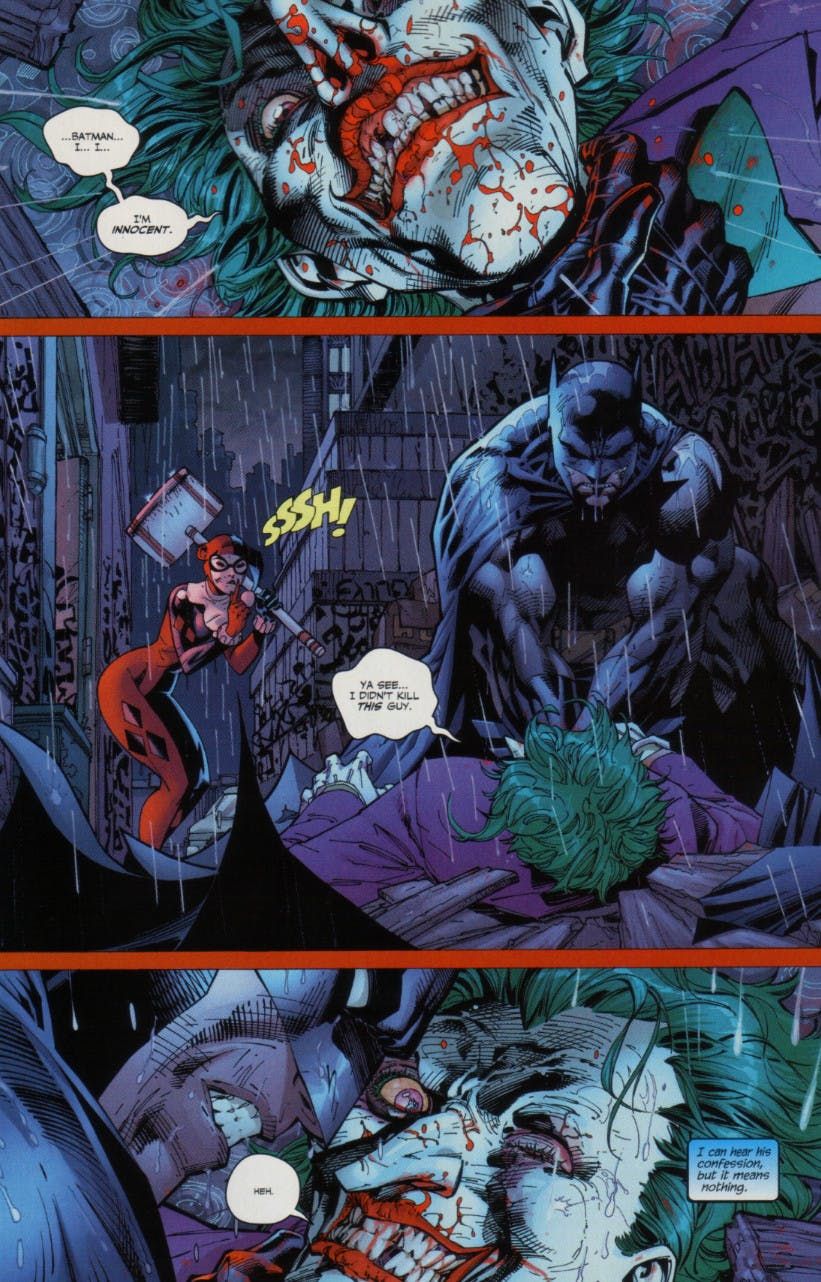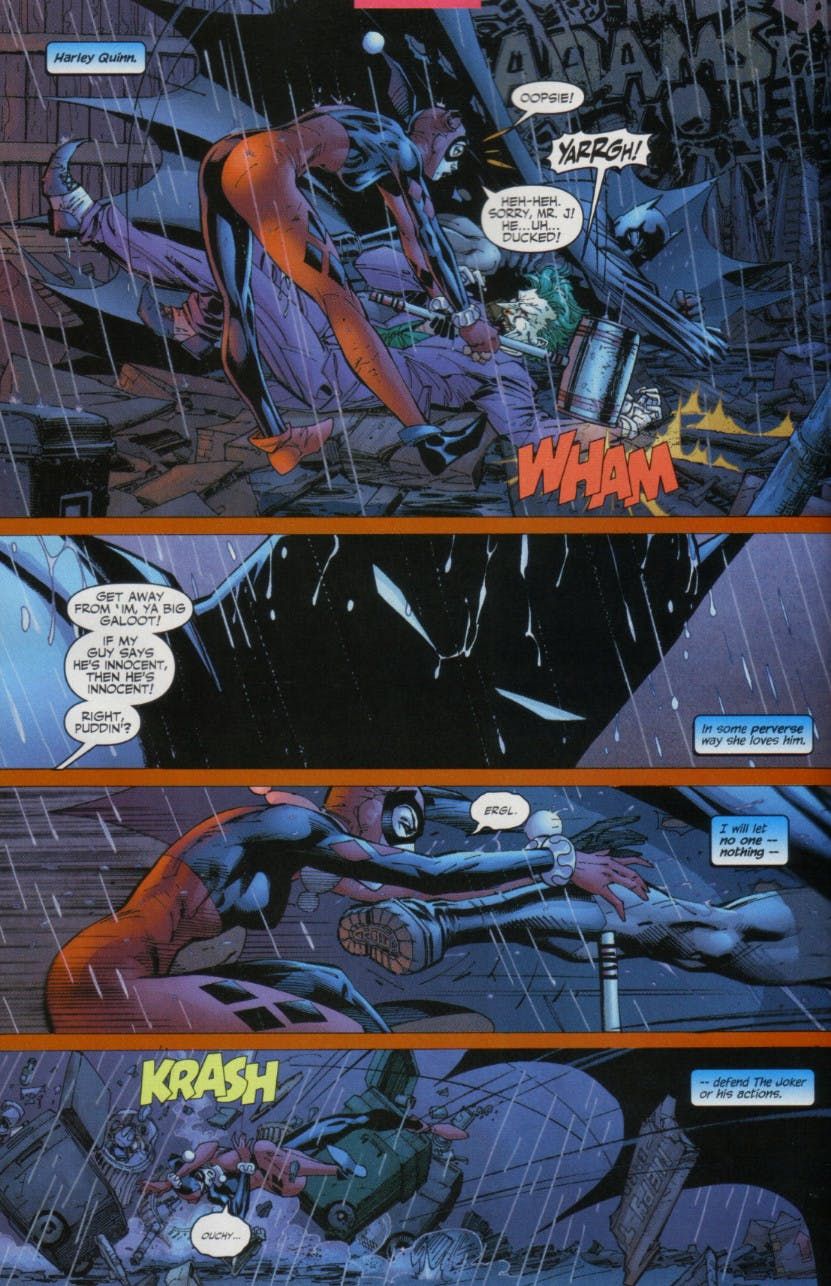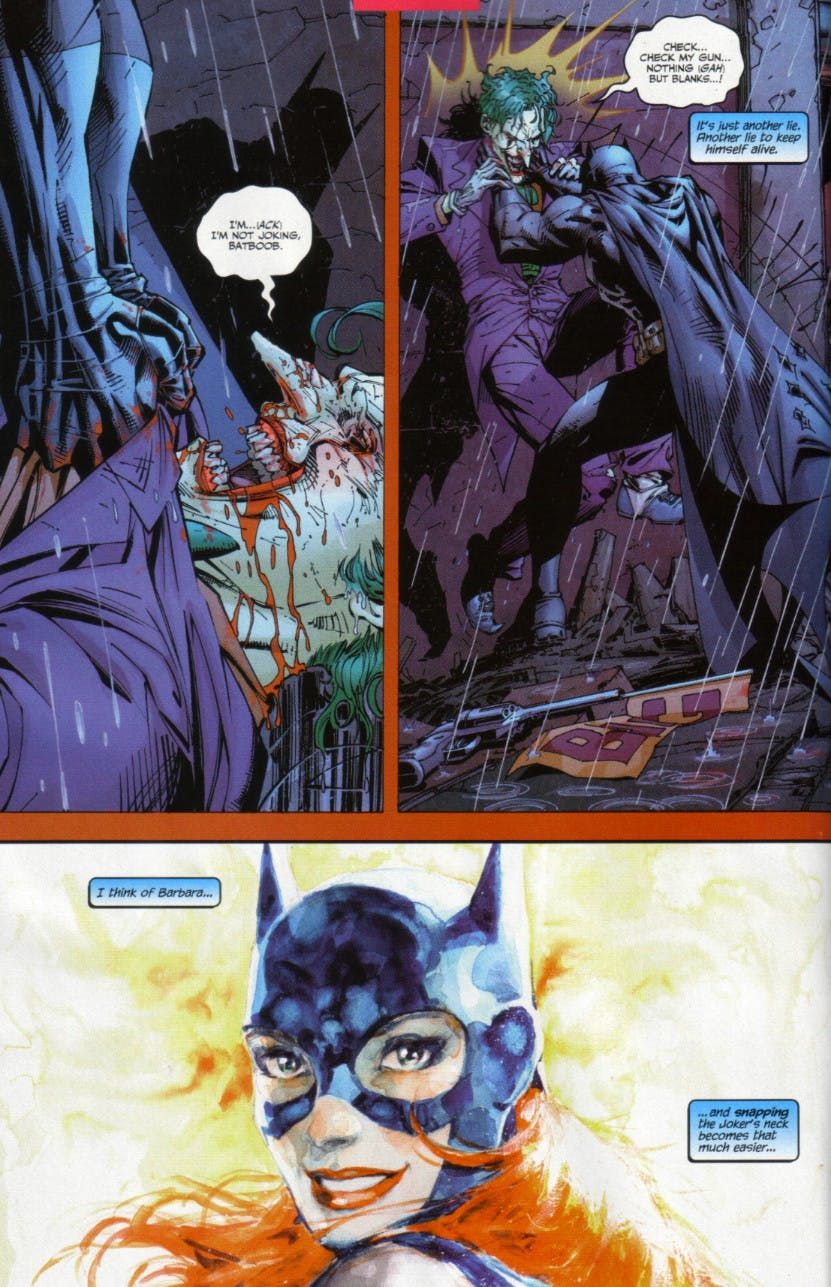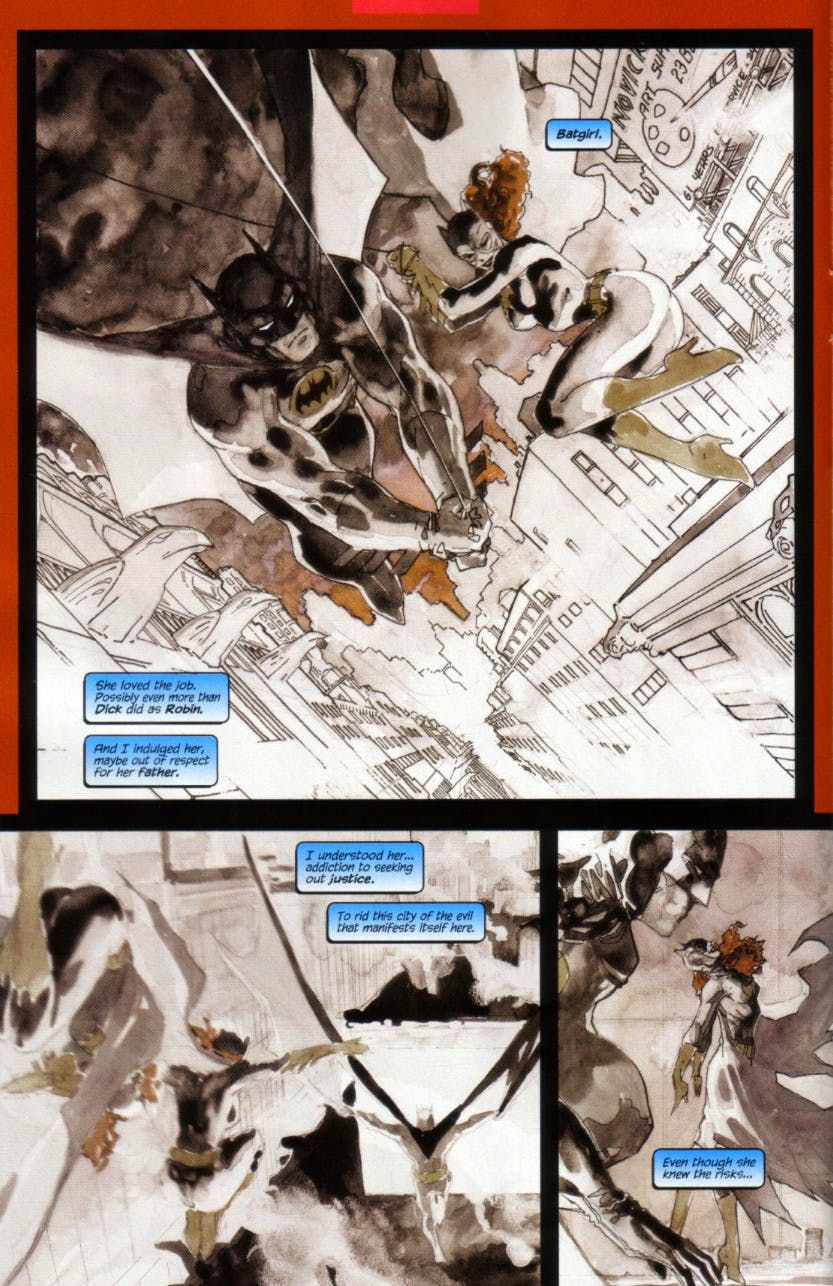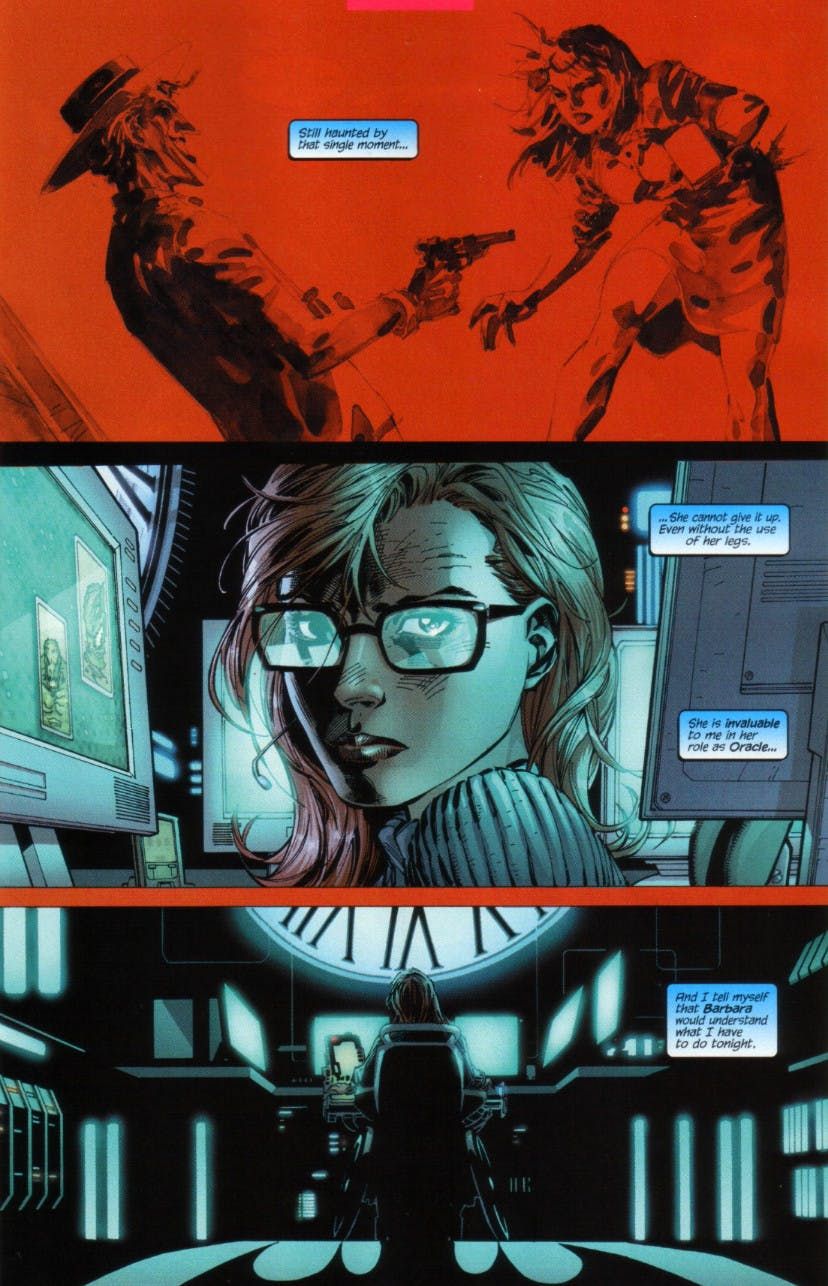The countdown continues with the next three artists that you voted as your favorites of all-time (out of roughly 1,023 ballots cast, with 10 points for first place votes, 9 points for second place votes, etc.).
6. Neal Adams – 1585 points (15 first place votes)
In the 1960s, there were artists who would work for DC Comics and Marvel Comics, but they would often use pen names for their Marvel work, not wanting to piss DC off. If they decided to go full-time at Marvel, they'd eventually use their real names (like Gene Colan eventually going by his real name instead of Adam Austin, which was always funny as few artists are as distinct as Gene Colan, so hiding it was a pen name was always kind of silly). Otherwise, artists had to commit to one company or the other, just to make sure they'd get regular assignments. Neal Adams changed that, by being so good that no one would dare tell him he couldn't do whatever he wanted to.
He drew X-Men and Avengers for Marvel and he had a seven-year stint on the Batman titles for DC while also being the regular cover artist for most DC Comics in the early 1970s (he also had a famous stint on Green Lantern with writer Denny O'Neil that dealt with the social issues of the day).
Adams "only" drew roughly thirty stories featuring Batman in that seven year period from 1968-1975 (and roughly eight of them were in World's Finest and Brave and the Bold), but that is all he needed to be recognized as the greatest Batman artist ever, as that is how much of an impact his work on Batman in the early 1970s had on readers and his fellow artists.
In Batman #251, he brought back the murderous Joker...
while also helping to reshape our view of Batman as a hunter...
In the classic introduction of Ra's Al Ghul, the famous fight where Batman is left for dead before Talia Al Ghul gives him an antidote to scorpion venom, Adams defined that era's take on the action-driven love hero Batman...
Not only was Neal Adams' approach to "realistic" comic book art (which is dynamic in a way that goes beyond realism, hence the quotes) dramatically different from most comic book artists using a similar style, he was ESPECIALLY different from what your typical comic artist looked like back in the late 1960s. For readers, it was akin to leaving Kansas and ending up in Oz. That's how dramatic the shift was. And within a few years, everyone was trying to draw just like him. Adams was a force of nature - veteran artists and new artists alike all had to adapt to his art style. He was pretty much the most influential American comic book artist of the past 60 years, and he had a major impact on many of the artists on this list (Bill Sienkiewicz, John Byrne, Alan Davis, Bryan Hitch and many more). He sadly passed away earlier this year.
5. Alex Ross – 1822 points (34 first place votes)
After doing a little work for independent companies, Alex Ross became a more or less instant star with his work on the 1993 miniseries Marvels, with Kurt Busiek, and it is no surprise, as his work on the series is just astonishing in its power...
Ross managed to do something that very few painted artists are able to do - he was able to maintain fluidity in his characters. That lack of stiffness is what manages to transform photo-like depictions of heroes (which a goodly amount of painters can do) to practically living, breathing superheroes (which very few painters can do).
Ross followed up Marvel with Kingdom Come, which might have TOPPED Marvels with its depiction of DC in the future. This showed off Ross' brilliant sense of design, which carried over to Earth X, a similar comic for Marvel.
Ross did a number of over-sized one-shots for DC Comics spotlighting Superman, Batman, Captain Marvel and Wonder Woman.
On the series Justice, Ross came up with the idea of him painting another artist's pencils, which worked well. Ross has been mostly doing covers in the last few years, but even there, he has managed to have a significant impact as his covers are typically excellent. Also, recently, he released a Fantastic Four graphic novel that he wrote and drew himself, doing pencils this time....
It's a fascinating new approach.
4. Jim Lee – 1825 points (33 first place votes)
After breaking in at Marvel in the late 1980s as one of editor Carl Potts' discoveries, Jim Lee really started to make a name for himself while working with Potts as the art team on Punisher War Journal (to keep the book on deadline, Potts would do layouts and then Lee would do finishes and then draw the cover on his own).
Then comic book history changed when Lee did a fill-in issue of Uncanny X-Men. He was quickly brought back for more issues and soon became the regular artist on Uncanny X-Men, eventually becoming the co-plotter of the series with writer Chris Claramont. Lee and Claremont revitalized an already strong X-Men series and soon Lee was launching a brand-new X-Men series, with a first issue that still has the record for the most copies sold of a single comic book.
Lee was pretty much the most popular artist in comics and fellow artists Todd McFarlane and Rob Liefeld were able to convince Lee to come over and co-found Image Comics with them. Jim Lee's Wildstorm Studios was likely the most successful studio of the various Image studios. Eventually, Lee split his studio off from Image and sold it to DC Comics.
Lee slowly began to do more work for DC Comics and eventually became one of DC's two publishers.
While at DC, Lee shook the comic industry by drawing Batman for a full YEAR back in 2002-03. It was one of the biggest comic book events in years. Writer Jeph Loeb knew he had a wonderful opportunity to have Jim Lee draw pretty much every major Batman character that there was, so Loeb used the storyline Hush to do just that - each issue was a spotlight on a different major Batman character, from villains to heroes to whatever Catwoman is. During the storyline, Lee also used a new approach where he would sort of take a watercolors approach to flashbacks. It was quite striking. Here, in Batman #614, Batman struggles with whether he should finally just kill the Joker - see how Lee depicts Batman's flashbacks...
After Hush, Lee had another stint on a "regular" Batman comic book series, drawing All Star Batman and Robin with writer Frank Miller. Since then, Lee was used as a sort of dramatic attraction for series, launching Justice League in the New 52 with Geoff Johns, launching a new Superman title with Scott Snyder, Superman Unchained, when Man of Steel came out and launching Suicide Squad in DC Rebirth. He's been doing less interior work in recent years due to his important executive role at DC, but he still does a lot of awesome covers.

